Introduction
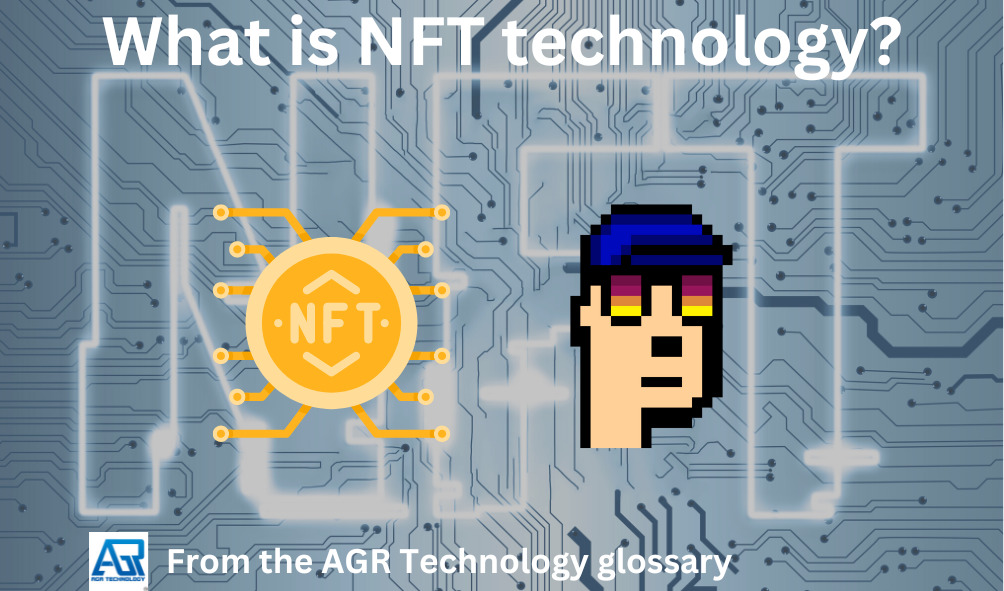
A Non-fungible token (NFT for short) is a one-of-a-kind digital identifier that cannot be duplicated, substituted, or subdivided. It is recorded in a blockchain and can be transferred by the owner, making NFTs sellable and tradable. NFTs frequently include references to digital files like photos, videos, and audio.
NFT proponents claim that NFTs provide a public certificate of authenticity or proof of ownership, but the legal rights conveyed by an NFT are not always clear. The NFT market expanded dramatically from 2020 to 2021, but prices fell sharply in 2022, with a May 2022 estimate indicating that sales were down more than 90% from their peak in 2021.
Since their inception, the technology has been incorporated into a number of different projects commercial and non-commercial and used across various industries notably by artists for selling digital copies of their artwork.
Also, be sure to check out these posts from our blog:
Top Australian Crypto exchanges
Buyers guide for the best Exchanges & Apps to buy/sell Crypto and NFTs in Norway
Some of the best platforms to buy Crypto & NFTs in Dubai and the UAE
Free tool to help you find the best Cryptocurrencies to buy now
Buyers guide to choosing the best Crypto apps and exchanges in Hong Kong
Buyers guide to choosing quality Crypto trading mobile apps and exchanges in Taiwan
Functionality
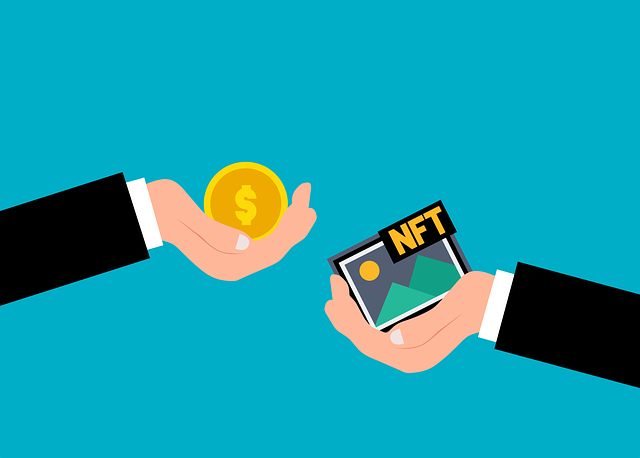
NFT technology functions on the premise of having a digital signature which is attributed to a piece of data like an image, video or another digital asset which tracks its original ownership.
Because NFTs are stored on the blockchain their content cannot be altered hence the “fungible” part of the name which ensures ownership is tracked and transparent.
This allows for items to be resold again and again with the whole trail of ownership recorded and publicly accessible on the blockchain where it can be audited.
Link rot which is the natural process of links potentially becoming broken over time can also affect data links that are part of NFT records, such as those that point to details about where the associated art is stored.
Use cases of NFTs
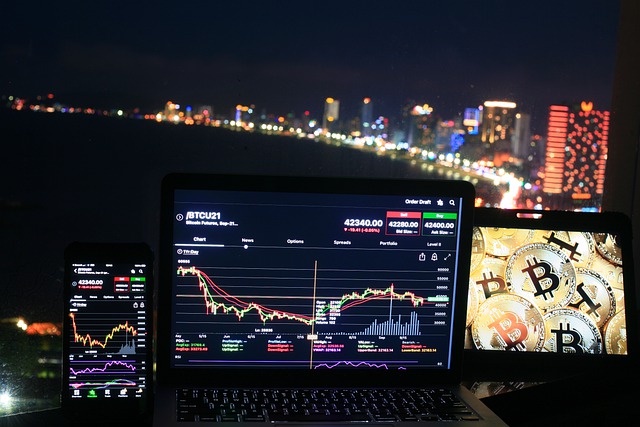
The technology has grown over time and found its way into a number of industries with different use cases including some below:
Selling artwork
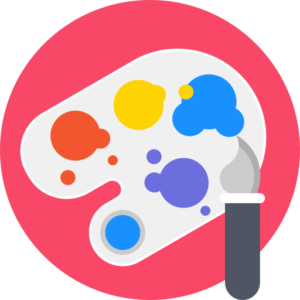
Artwork is the most common use-case of this technology and as a result, many marketplaces have popped up around the web to facilitate the buying and selling of artwork including Opensea and other platforms like Binance that also offer NFT marketplaces.
Gaming
![]()
Gaming is a growing area where NFTs have started to gain traction as a means of providing “in-app purchases” and functionality like loot boxes where the game creators provide online items for purchase using virtual in-game currencies for things like gems, skins, virtual land or other assets that can add to the game experience.
Music & videos

The music and film industry is another group embracing NFT technology for selling digital merchandise and collectable items including limited-time offers and concert memories from live shows.
Industry heavyweights like Live Nation who organise tickets for live concerts have been using the technology including many other companies in music and film.
Science
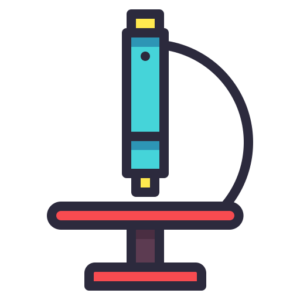
NFTs have also been used in the scientific and medical research communities with some academic institutions frequently using the monetary aspect of the sale of NFTs to fund research projects and endeavours.
In May 2021, the University of California, Berkeley announced its intention to auction NFTs of two Nobel Prize-winning invention patents. The Fourth Pillar was a collection of handwritten notices and faxes by James Allison.
George Church announced his intention to publish his DNA via NFT and use the proceeds from its sale to fund Nebula Genomics research. Instead of the originally planned NFTs of 20, 20 NFTs with Prince’s likeness were published in June 2022.
Ownership of real-world assets

A man named Shane Dulgeroff established an NFT representing a property for sale in California in April 2021. This is one example where real-world assets can be bought and sold with NFTs acting as proof of sale similar to a traditional deed but electronic.
NFTs can also be used in this way for collectable items like electronic cards and animated images as well as larger things like real estate which is an emerging area.
Copyrights, intellectual property & legal rights around NFT work
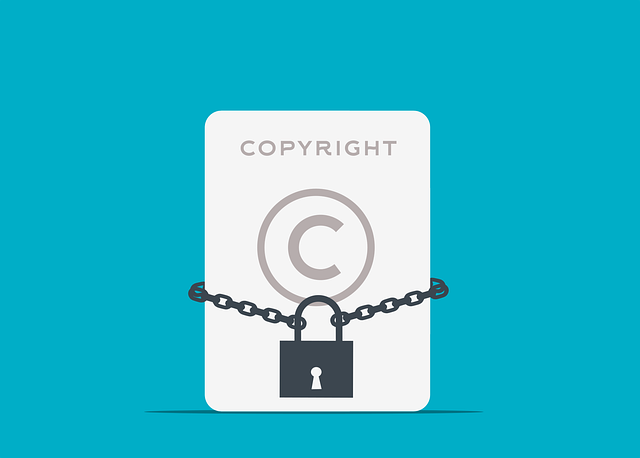
An NFT is proof of ownership of a blockchain record, but it does not necessarily imply that the owner owns the digital asset it represents. Someone may sell an NFT that represents their work, but the buyer may not receive a copyright to that work, and the seller may not be barred from creating additional NFT copies of the same work.
Certain NFT projects, such as Bored Apes, explicitly assign intellectual property rights to the owners of individual images. CryptoPunks was a project that initially prohibited owners of its NFTs from using the associated digital artwork for commercial purposes, but later permitted such use following the parent company’s acquisition of the collection.
While legal copyright protections are still unclear around NFT many experts agree that simply purchasing an NFT doesn’t give you rights to the underlying work but would simply be like purchasing a painting.
There have also been legal questions where NFTs have been created and distributed online for offline work that is protected by copyrights without the permission of the original artist.
According to the World Intellectual Property Office (WIPO), the following can be said about NFT copyright:
For the most part, while authors may have legal recourse for unauthorized use by making a claim against a platform for minting an NFT associated with their original work, it is not clear that the author actually has the exclusive right to do so.
Furthermore, it was said on the WIPO page that from a copyright standpoint, it’s difficult to see how minting an NFT, even without permission, could be considered an infringement. Because the NFT is not the work itself, but rather a series of numbers generated in relation to it, the resulting file cannot be considered a reproduction or even an adaptation of the work.
In general, three conditions must be met for infringement to occur. First, the infringer will have used one of the author’s exclusive rights without permission. Second, a causal relationship will exist between the NFT and the original artwork.
Other countries also consider NFTs to be assets and have as such begun taxing them over the years including profits derived from their sales.
Due to the complex nature however, the rules around the technology are constantly changing and differ across countries, states and jurisdictions so if you’re considering selling your own NFTs as a business you may wish to consult a local lawyer for your specific circumstances.
Frequently Asked Questions (FAQ)
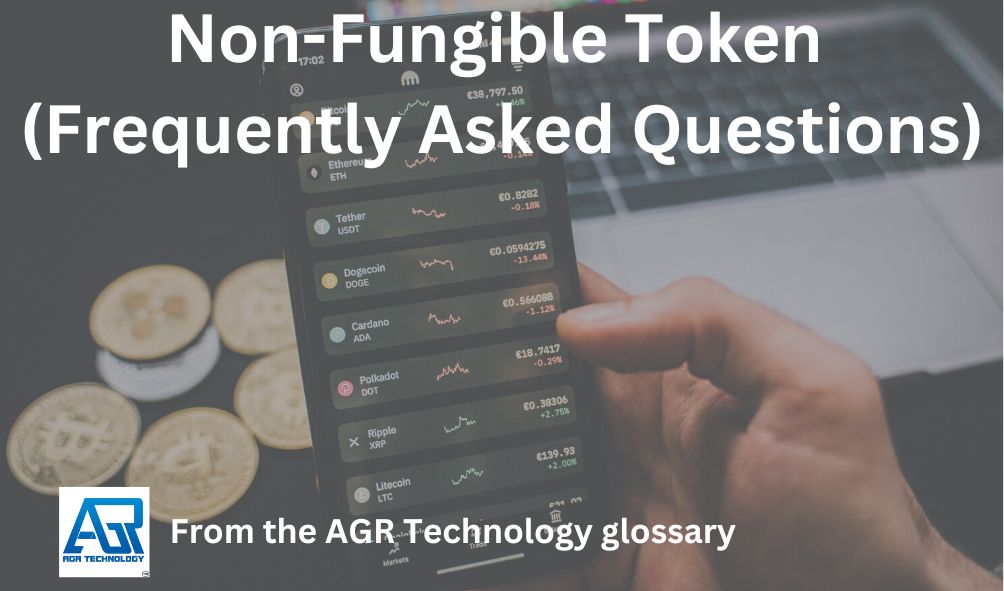
How does an NFT make money?
NFT creators are able to profit every time their NFTs are sold. It is a common misconception that NFT creators must be artists. Many software tools are now available to help creators create and mint their own NFTs, which they can then sell on popular NFT marketplaces like Opensea and other Crypto apps like Coinbase and Binance.
How do Beginners sell NFT?
The easiest way to get started with NFTs as a beginner would be to join a Crypto platform like Opensea or Binance and read their documentation to upload your designs, set prices and share your work.
Which is the most expensive NFT to date?
Many NFTs have been sold for very large amounts of money however one of late is called The Merge which was sold for $91.8 million on Nifty Gateway, with 28,983 collectors purchasing 312,686 total units of mass production.
Conclusion
We hope you found this resource page to be helpful, if so be sure to share it with anyone else interested in the technology.
Also, be sure to check out our blog and range of business services for more.
Related content from our knowledge base:
Fintech (Financial technology)
Dapp (Decentralized Application)
Comparing different loan platforms and companies for Australians SMBs
Decentralized organization (DAO)
What are Privacy Coins and how do they work?
What is a Cryptocurrency fork?
Central Bank Digital Currencies – What are they?
Explanation of distributed ledger technology
Buying & selling Bitcoin in Australia
Definition of a Peer-to-peer network
Different platforms that enable you to receive Cryptocurrency payments on your website
Blockchain Explorer Definition
What is market analysis in the context of Cryptocurrencies?
What are Initial Exchange Offerings (IEOs)
(List) Guide to finding quality CFD investment software in Dubai and the UAE area
Net worth calculator – online utility/app
Mortgage affordability calculator – online tool
CFD Trading in Australia | Best CFD Trading Platform (Comparison)
Top-rated Cryptocurrency exchanges & applications for India
Crypto exchanges for South Africans
Some of the top-rated Cryptocurrency exchanges & apps for Saudi Arabia
Some leading best small business loan/financing providers for Perth businesses
Different commercial loan brokers for Melbourne businesses
Collection of some of the best day trading platforms for Australians
ICO Marketing Solutions to help brands capture more online reach
CMC Markets Alternatives for Australian end-users wanting to start trading
Coinspot alternatives platforms Australians wanting to get started with Cryptocurrencies
Services to help you recover lost Crypto from your devices
List of some top Etoro alternatives for Australian forex traders
What to look for when choosing a neobank app
Web3 Marketing Services By AGR Technology to help brands reach more users
Top-rated Alternatives to Etoro for Australian CFD traders
Top Alternatives to Swyftx for Australian Crypto users
Web3 Software Development Services
NFT Digital Marketing Services
(Tutorial) How to buy Cryptocurrency in Australia
Platforms to earn interest on your Cryptocurrency assets
How to buy Bitcoin or other Cryptocurrency assets online
Top stock market trading platforms Australia
How to pay overseas staff from Australia online
Guide to buying Etherium (Eth) in Australia
Some of the best Cryptocurrency exchanges/apps for Canadians
Source(s) cited/Bibliography:
(2018). Non-fungible token [Online]. Wikipedia. Available at: https://en.wikipedia.org/wiki/Non-fungible_token (Accessed: 18 February 2023).
“Non-fungible tokens” Australian Taxation Office , www.ato.gov.au/Individuals/Investments-and-assets/Crypto-asset-investments/Transactions—acquiring-and-disposing-of-crypto-assets/Non-fungible-tokens/. Accessed 18 Feb. 2023.
Purtill, James. “Artists report discovering their work is being stolen and sold as NFTs” ABC News, 15 Mar. 2021, www.abc.net.au/news/science/2021-03-16/nfts-artists-report-their-work-is-being-stolen-and-sold/13249408. Accessed 28 Feb. 2023.
“Non-fungible tokens (NFTs) and copyright” 3 Apr. 2021, www.wipo.int/wipo_magazine/en/2021/04/article_0007.html. Accessed 28 Feb. 2023.
Jones0, Nicola. “How scientists are embracing NFTs” 23 Feb. 2024, www.nature.com/articles/d41586-021-01642-3. Accessed 28 Feb. 2023.
Top 7 NFT Use Cases. Binance Academy. https://academy.binance.com/en/articles/top-7-nft-use-cases. Published May 29, 2021. Accessed February 28, 2023.
“Not Found”, [Online]. Available: https://www.barrons.com/articles/paks-nft-artwork-the-merge-sells-for-91-8-million-01638918205. [Accessed: 28-Feb.-2023].
The below icons were sourced under Creative Commons Attribution 3.0 Unported (CC BY 3.0)
www.iconfinder.com/icons/103554/download/png/512. Accessed 28 Feb. 2023.
www.iconfinder.com/icons/2250037/download/png/512. Accessed 28 Feb. 2023.
www.iconfinder.com/icons/2824435/download/png/512. Accessed 28 Feb. 2023.
www.iconfinder.com/icons/6843086/download/png/512. Accessed 28 Feb. 2023.
![logo-new-23[1] logo-new-23[1]](https://agrtech.com.au/wp-content/uploads/elementor/thumbs/logo-new-231-qad2sqbr9f0wlvza81xod18hkirbk9apc0elfhpco4.png)